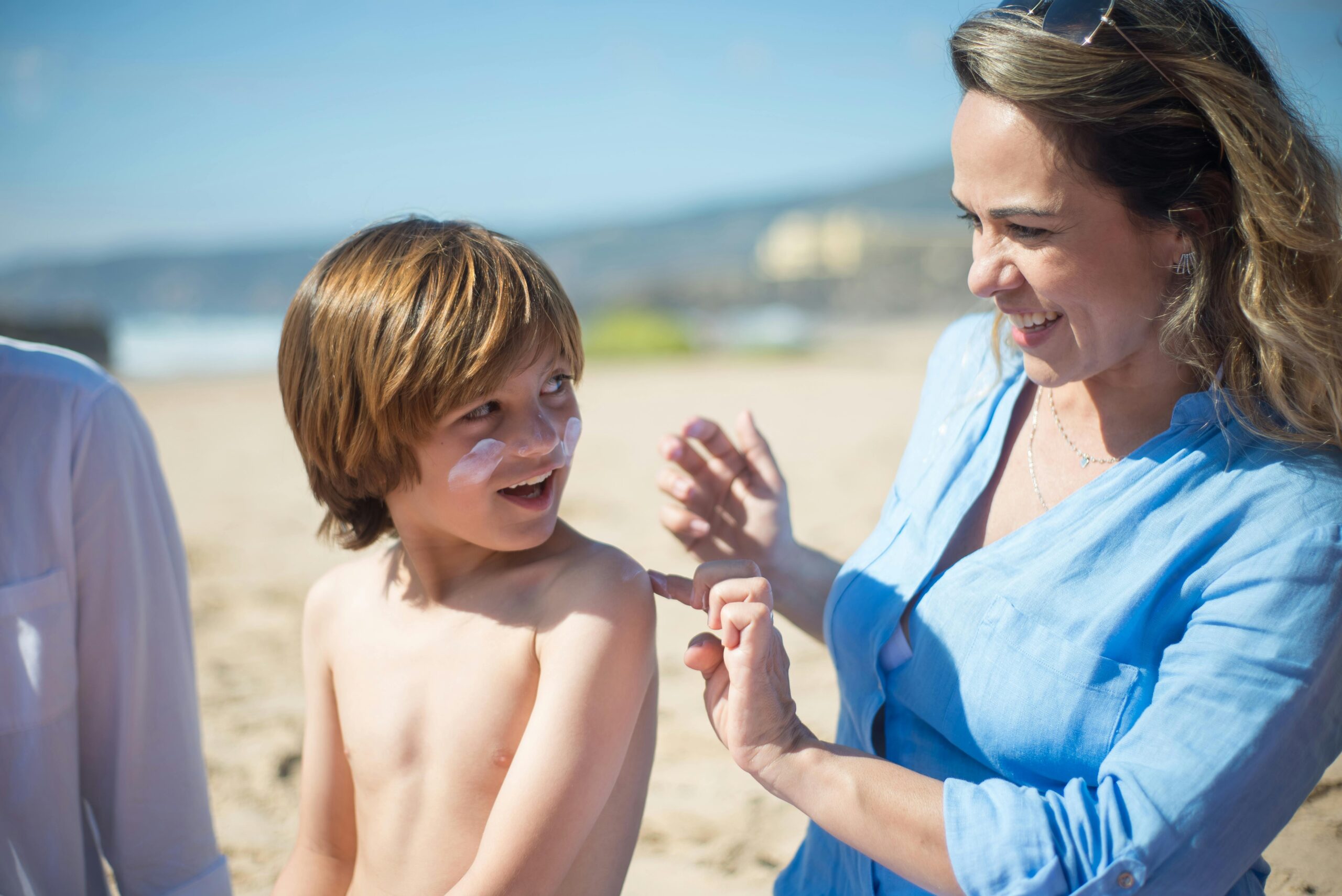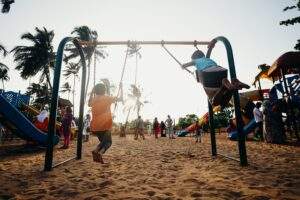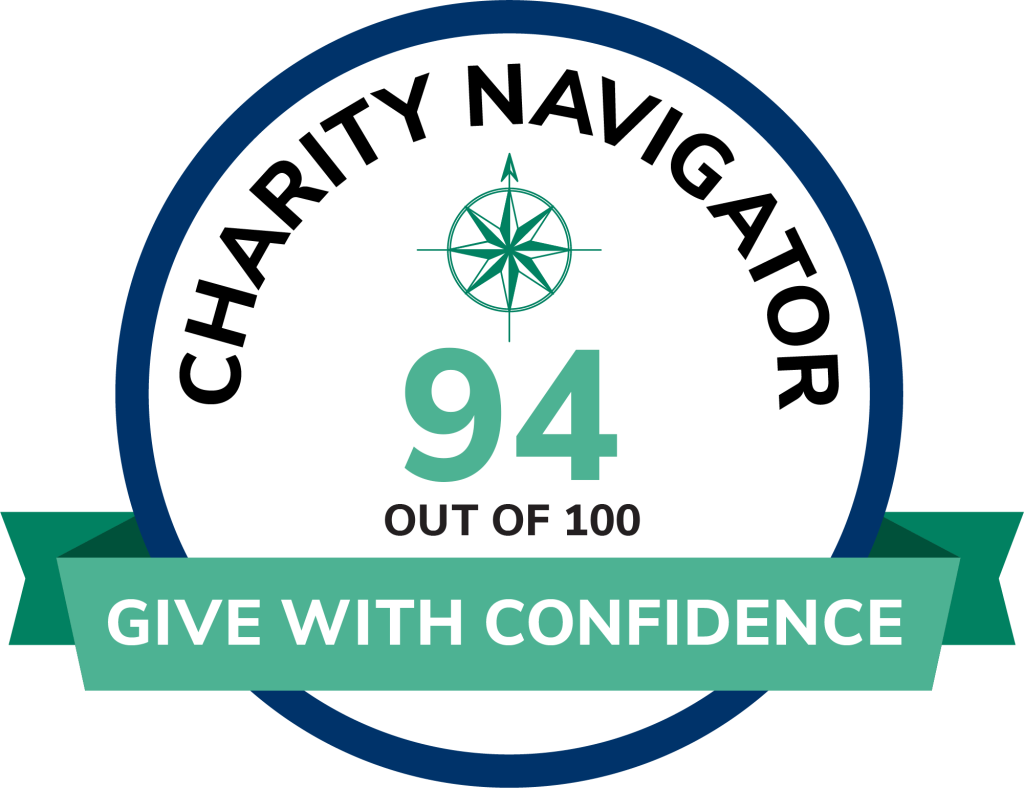Keeping Children Safe During Extreme Heat Events: Tips
kristiet_a0o04rjz
on
July 28, 2023
Keeping Children Safe During Extreme Heat Events: Tips
By Kathy Attar, Program Manager, Eco-Healthy Child Care®
August 2023
Extreme heat events in the U.S. are already occurring and will become more common and severe as the climate changes.
Millions of residents are currently enduring record-high temperatures as large heatwaves sweep across the U.S. Throughout the summer months, child care providers and caregivers must be careful to ensure children are protected from these extreme heat conditions. Extreme heat is linked to more deaths than any other weather-related hazard. These events can cause heat-related illnesses such as heatstroke and dehydration.
Children are particularly vulnerable to the impacts of extreme heat because of differences in behavior; for example, they often spend more time outside. Their bodies’ abilities to regulate heat are also developing, so extreme heat’s consequences can occur quickly, last longer, and be more dire.
Children from lower-income and Black, Brown, and Indigenous communities are even more vulnerable. Residential segregation often puts these communities at greater risk from extreme heat. Historic U.S. racist housing policies, including redlining, resulted in residential segregation, forcing many low-income and Black, Brown, or Indigenous people into urban neighborhoods with fewer resources. This residential segregation leads to low-income and Black, Brown, or Indigenous people being exposed to more environmental health risks, including pollution and urban heat. Research also shows that land surface temperatures in historically redlined areas are warmer than in non-redlined areas.
Signs of heat illness or heat exhaustion include:
- Flushed skin,
- Dizziness,
- Headache, or fatigue; and
- Weakness or muscle cramps.
Most of the time, these symptoms can be treated with fluids and rest. If these symptoms are ignored, heatstroke can develop.
Heatstroke symptoms include hot, flushed skin; rapid, strong pulse; high fever, little to no sweating; and dizziness, confusion, or unconsciousness. Heatstroke is a medical emergency that requires professional assistance. It’s essential for child care providers and caregivers to look out for these signs.
TO REDUCE HEALTH RISKS BEFORE AND DURING EXTREME HEAT EVENTS:
- Train child care staff to recognize the signs of heat illness and know when it is an emergency.
- Find out about local heat alert systems and subscribe to them.
- Regularly check the latest weather forecasts.
- Ensure air conditioning systems work correctly.
- Use electric fans to provide comfort when air conditioning is not present. Fans should not be used when the temperature is above 90F.
- Ensure that children can stay cool and drink plenty of water.
- Limit outdoor activities, especially during the middle of the day when the sun is hottest.
- Locate nearby places to visit where children can cool off during extreme heat events (e.g., shaded park, community pool, or public library).





